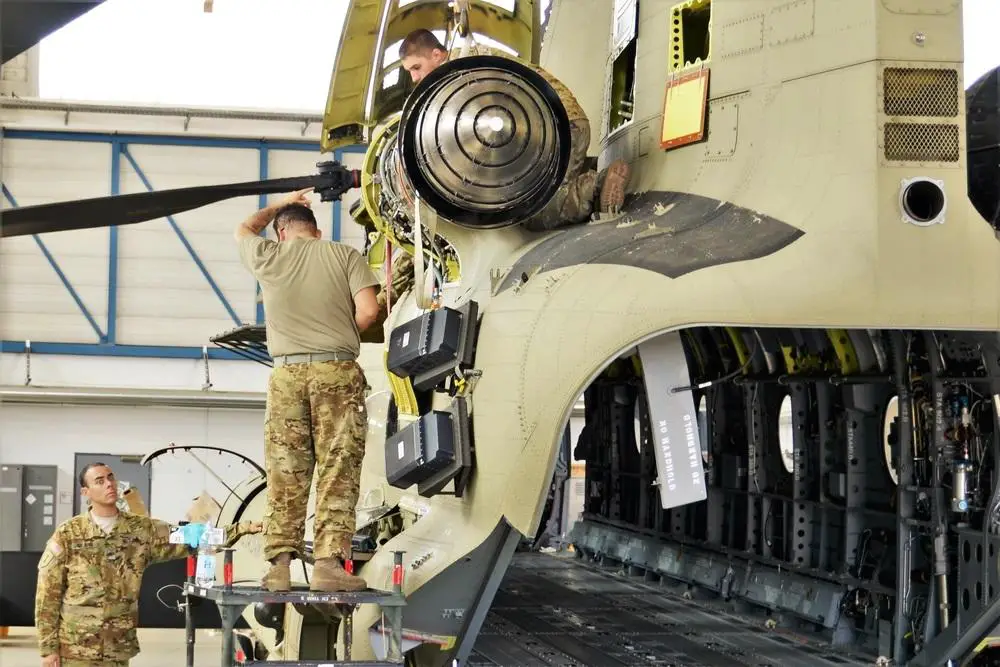The U.S. Army has grounded its entire fleet of CH-47 Chinook helicopters while it works to fix fuel leaks that caused an unspecified number of engine fires. The U.S. Army said it was grounding the fleet of about 400 aircraft “out of an abundance of caution,” stressing that no deaths or injuries resulted from the fires. The U.S. Army has identified the root cause of fuel leaks that caused a small number of engine fires among an isolated number of H-47 helicopters and is implementing corrective measures to resolve this issue. But the statement did suggest that some Chinooks could be back in the air shortly. About 70 helicopters are believed to have a faulty part that’s been connected to the problem.
The issue that prompted the grounding stems from an engine part known as an O-ring which manufactures the engine of the Boeing-made Chinook. O-rings are used to create a seal between engine parts to prevent leaks. While investigating incidents involving the Chinooks, Honeywell and the U.S. Army discovered O-rings that were “not meeting Honeywell design specifications” and were installed in the engines during routine maintenance, according to the contractor. The faulty O-rings weren’t made by Honeywell. It is believed these suspect O-Rings have been identified and isolated. Joint U.S. Army and Honeywell engineers identified the issue, and are now working with the Army to provide replacement O-rings on all affected Chinooks.

The Boeing CH-47 Chinook is a tandem rotor helicopter developed by American rotorcraft company Vertol and manufactured by Boeing Vertol. The Chinook is a heavy-lift helicopter that is among the heaviest lifting Western helicopters. Its name, Chinook, is from the Native American Chinook people of Oregon and Washington state. The military version of the helicopter has been exported to nations across the world; the U.S. Army and the Royal Air Force have been its two largest users. It has been used for aerial firefighting and to support logging, construction, and oil extraction industries. It remains one of the few aircraft along with the fixed-wing Lockheed C-130 Hercules cargo aircraft – that has remained in both production and frontline service for over 60 years.
The CH-47 is powered by two Lycoming T55 turboshaft engines, mounted on each side of the helicopter’s rear pylon and connected to the rotors by drive shafts. Initial models were fitted with engines rated at 2,200 hp (1,600 kW) each. The counter-rotating rotors eliminate the need for an antitorque vertical rotor, allowing all power to be used for lift and thrust. The ability to adjust lift in either rotor makes it less sensitive to changes in the center of gravity, important for the cargo lifting and dropping. While hovering over a specific location, a twin-rotor helicopter has increased stability over a single rotor when weight is added or removed. If one engine fails, the other can drive both rotors.












